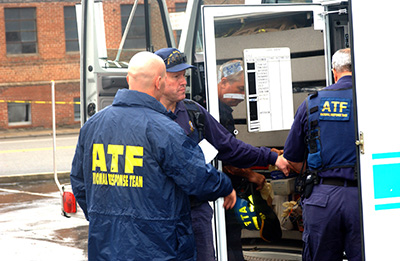The House of Representatives approved a $1.5 trillion spending package that would give the U.S. Food and Drug Administration authority to regulate synthetic nicotine. The bill now goes to the Senate.
Synthetic nicotine—nicotine that is made in a lab rather than derived from tobacco—has long existed in a legal gray area, and many companies started using it after their natural nicotine products were denied market access by the FDA. Public health groups have been warning that synthetic nicotine e-cigarettes, such as Puff Bar, have grown in popularity among teens while skirting FDA oversight.
The Food, Drug and Cosmetic Act, which includes the 2009 Tobacco Control Act, defines a tobacco product as “any product made or derived from tobacco that is intended for human consumption, including any component, part or accessory of a tobacco product (except for raw materials other than tobacco used in manufacturing a component, part or accessory of a tobacco product).”
If the spending bill currently under consideration passes, the language of the Tobacco Control Act would change to define a tobacco product as “any product made or derived from tobacco, or containing nicotine from any source, that is intended for human consumption.”
The synthetic nicotine provisions are set to take effect 30 days after the bill’s passage. Synthetic nicotine producers then have 60 days from its enactment—or 30 days after it becomes effective—to file premarket tobacco product applications with the FDA to legally stay on the market. Ninety days after the effective date, or 120 days after the bill’s passing, these manufacturers will have to stop selling their products if the FDA has not authorized them. At that point, the FDA can exercise its enforcement discretion.
Anti-smoking activists welcomed the legislation. “By using synthetic nicotine, e-cig companies are avoiding public health protections for flavored tobacco products and still hooking teens,” tweeted billionaire philanthropist Michael Bloomberg. “With millions of kids still using e-cigs, we must get synthetic nicotine products off the market.”
Consumer advocates, by contrast, warned the move would deny adult smokers access to lower risk alternatives. “Only the largest and most powerful vaping and tobacco companies can afford the lawyers and the time necessary to complete the paperwork necessary to pass the FDA’s process, meaning thousands of hard-working American business owners will now be forced to close, depriving millions of adult consumers of harm reducing options,” said Yael Ossowski, deputy director of the Consumer Choice Center.
The FDA appears keen to crack down on synthetic nicotine. During his Senate confirmation hearing, FDA Commissioner Robert Califf vowed to close what he described as the synthetic nicotine “loophole.”
Earlier, FDA Center for Tobacco Products Director Mitch Zeller indicated that the synthetic nicotine could be considered a component of e-cigarettes, which would have allowed the agency to assert authority over the substance under existing legislation.















 KT&G Corp. is suspending its tobacco business in the United States for an unspecified period, reports
KT&G Corp. is suspending its tobacco business in the United States for an unspecified period, reports 


